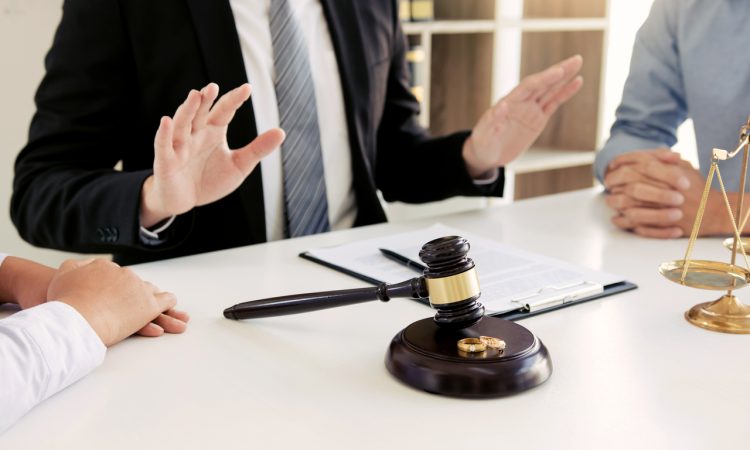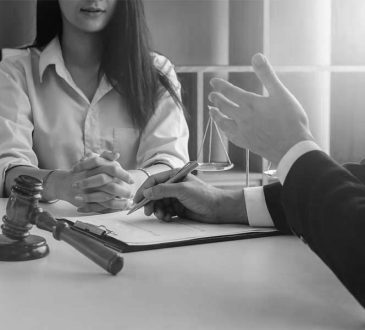
When a violent crime accusation hits, it moves fast, often faster than anyone expects. In Gainesville and across Alachua County, arrests for assault, robbery, or homicide set off a chain of decisions that can define the rest of a person’s life. This guide walks through the charges police most often file, the defenses that actually move the needle (like self‑defense and lack of intent), how prosecutors assemble their cases, and what sentencing looks like in Florida courts. It also explains why having a seasoned Violent Crimes Defense Lawyer matters. Throughout, readers will see how the Law Office of Blake Poole approaches these cases with a clear plan: stabilize the situation, investigate aggressively, and position the defense to win, dismiss, or minimize exposure.
Violent crime charges most frequently seen in Gainesville
Gainesville’s docket reflects a college town with a busy nightlife, a growing tech corridor, and interstate traffic. That mix produces a familiar pattern of violent crime allegations:
- Assault and battery: Simple assault (Fla. Stat. 784.011) involves an intentional threat creating fear of imminent harm: battery (784.03) is the actual intentional touching or striking against someone’s will. These cases often grow out of bar fights near Midtown or house parties off-campus. Prior convictions can elevate battery to felony battery. Aggravated assault (784.021) adds a deadly weapon or intent to commit a felony: aggravated battery (784.045) involves great bodily harm or a deadly weapon.
- Domestic violence: Florida treats these cases as a priority. A visible injury isn’t required: a 911 call and a shaken voice can be enough to trigger an arrest. No-contact orders, GPS monitoring, and bond conditions often follow within 24 hours.
- Robbery and home invasion: Robbery (812.13) is a taking by force or fear, think strong‑arm robbery at an ATM or during a face‑to‑face marketplace sale. If a firearm or deadly weapon is alleged, penalties spike. Home‑invasion robbery and carjacking are charged aggressively and can involve firearm enhancements.
- Homicide and manslaughter: From heat‑of‑the‑moment fights that end in tragedy to planned acts, prosecutors may charge manslaughter (782.07), second-degree murder (depraved mind killing), or first-degree (premeditated or felony murder) under 782.04.
- Weapons offenses: Carrying concealed without a permit, felon-in-possession, or improper exhibition of a firearm often accompany assault or robbery charges.
Each category has specific elements the State must prove beyond a reasonable doubt. Knowing those elements, cold, lets a defense team find pressure points fast, whether that’s identity, intent, or the alleged weapon itself.
Self-defense and lack of intent as key defense strategies
Two defenses dominate Florida violent crime litigation in practice: lawful self‑defense and lack of intent.
Self‑defense (Florida’s Stand Your Ground) allows the use of force when a person reasonably believes it’s necessary to prevent imminent unlawful force (776.012), with no duty to retreat if they’re in a place they have a right to be. The doctrine extends to defense of others and, in one’s home or occupied vehicle, carries a strong “castle” presumption (776.013). Crucially, Florida provides immunity from prosecution: a pretrial hearing where the judge can dismiss the case if the State fails to disprove self‑defense by clear and convincing evidence (776.032). That’s more than a trial argument, it’s an opportunity to end a case early. Evidence that can drive immunity: prior threats from the alleged victim, surveillance video of who advanced first, 911 timing, injuries consistent with defensive moves, and expert analysis on use‑of‑force dynamics.
Lack of intent is equally powerful. Many violent offenses require a specific mental state: robbery needs intent to permanently deprive: assault requires an intentional threat: homicide degrees turn on intent (premeditation, depraved mind) or culpable negligence. Where the facts show accident, reflexive contact, mutual combat without the necessary threat, or a taking during a chaotic scuffle without intent to steal, charges can be beaten or reduced to lesser included offenses. Voluntary intoxication isn’t a defense in Florida (775.051), but intoxication evidence can still undermine the State’s proof of intent depending on the charge.
Other defenses often travel with these: mistaken identity, alibi, unreliable eyewitnesses (especially cross‑racial identifications or poor lighting), unlawful stop or search, and challenges to forensic claims (e.g., contaminated DNA, overstated gunshot‑residue results). A focused defense team will pick the theory that best fits the facts, then build everything, investigation, motions, expert work, around it.
How prosecutors build cases for assault, robbery, or homicide
Understanding the State’s playbook helps a defense lawyer get there first. In Alachua County, violent crime prosecutions typically develop along these lines:
- Statements and 911 audio: Early interviews, body‑cam footage, and emergency calls often anchor the narrative. Prosecutors use hearsay exceptions like excited utterance to get those statements in, even if a witness cools off later.
- Physical and medical evidence: Photos of injuries, ER records, blood pattern analysis, and weapon recovery, these are used to infer intent and force. Chain of custody matters: small breaks can make big differences.
- Digital footprints: Surveillance from bars, Ring/Nest doorbells, license‑plate readers, and cell‑site data can put people at a scene or show movements inconsistent with a story. Social media messages and deleted texts routinely show up in discovery.
- Forensics: Latent prints, ballistics, DNA mixtures, and phone extractions bolster identity and weapon use claims. Yet these aren’t infallible. Mixed DNA requires careful statistical interpretation: ballistics can suffer from lab subjectivity.
- Witnesses: Eyewitnesses can be confident and wrong. Cross‑examination explores lighting, distance, stress, cross‑racial factors, and post‑event memory contamination (like viewing a single photo on a phone).
Florida’s criminal discovery (Rule 3.220) gives the defense visibility into this buildout, police reports, videos, lab packets, and expert summaries. In felony cases, depositions of State witnesses can lock testimony and surface inconsistencies long before trial. A proactive defense flips the timeline: canvass for defense video before it’s overwritten, pull cellular records, preserve doorbell footage, and hire experts early to re‑test or re‑analyze the State’s forensics.
At the Law Office of Blake Poole, the team treats the prosecutor’s case like a draft, not a verdict. They test each element: Was there a true threat? Was the taking actually by force? Did the science meet accepted standards? Often, answers shift once the evidence is scrutinized.
Sentencing outcomes in Florida violent crime cases
Florida sentences violent felonies under the Criminal Punishment Code (CPC) (921.002). A scoresheet assigns points based on the primary offense, additional offenses, victim injury, legal status (e.g., on probation), and prior record. The total drives a minimum permissible prison sentence: judges can’t go below it without a lawful “downward departure.” For serious violent crimes, scores often cross the prison threshold quickly.
Key features that affect outcomes:
- Firearm enhancements: Under 775.087, allegations of using or discharging a firearm can trigger mandatory minimums (commonly known as “10‑20‑Life”), though the law has nuanced carve‑outs and exceptions. If charged and proven, the court must impose those terms.
- Degree of harm: Great bodily harm adds injury points that can push the minimum years upward: in homicide, the degree (manslaughter vs. second‑degree vs. first‑degree) is often the entire ballgame.
- No parole: For most modern Florida cases, parole isn’t available. Gain‑time credits exist but are limited and contingent on DOC rules and behavior.
- Youthful offender and mitigation: Eligible defendants may seek youthful offender treatment (958.04) with capped sentences for certain offenses. Downward departures can apply for reasons like isolated incident, genuine remorse, or mental health requiring specialized treatment, if supported by competent evidence.
Real‑world resolutions vary: dismissals at immunity, plea reductions from armed robbery to robbery (or from aggravated battery to simple battery), negotiated caps, or trial verdicts to lesser included offenses. In homicides, outcomes range from manslaughter negotiations to life sentences, and, where legally authorized, capital exposure. Sentencing memoranda, mitigation packages, expert mental‑health evaluations, and victim‑impact dynamics all shape final numbers. A defense lawyer’s job is to expand the judge’s lawful options and narrow the State’s.




